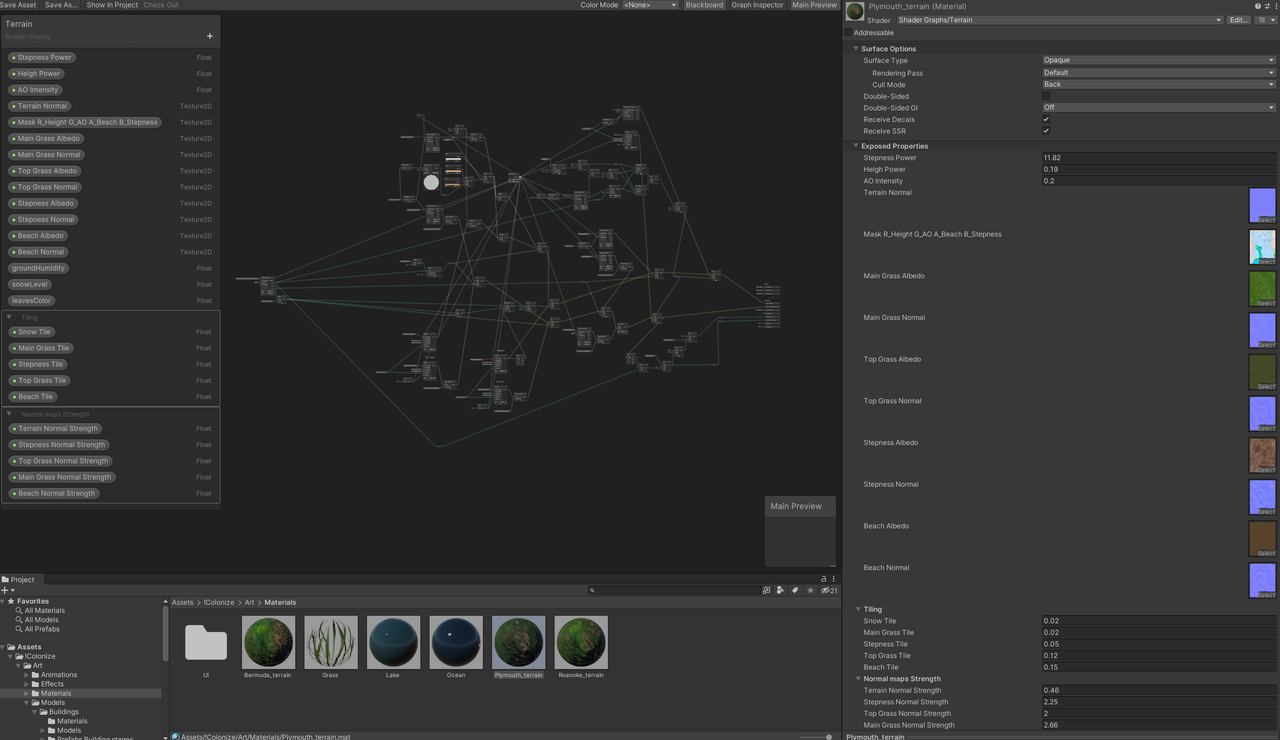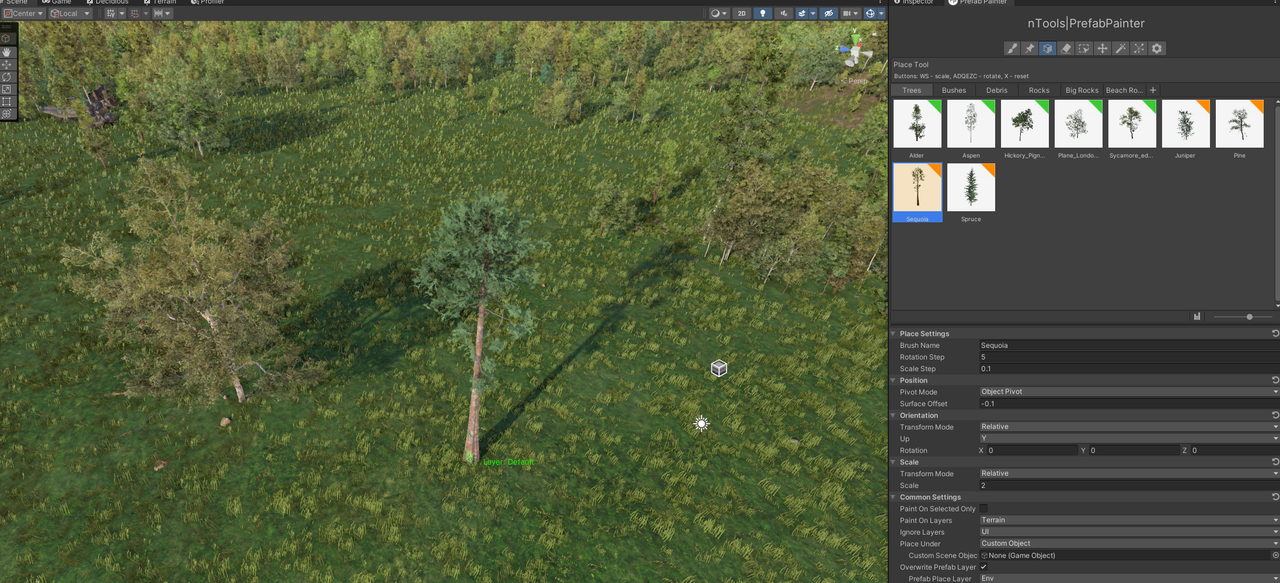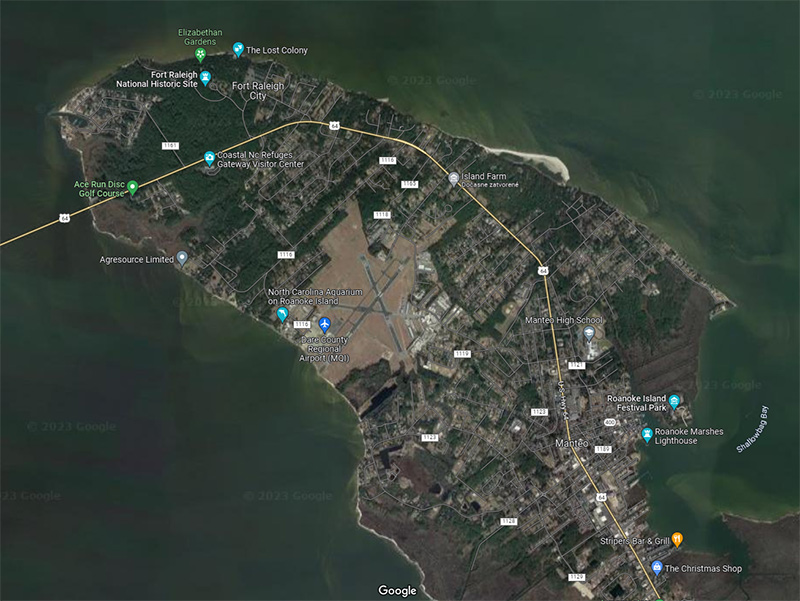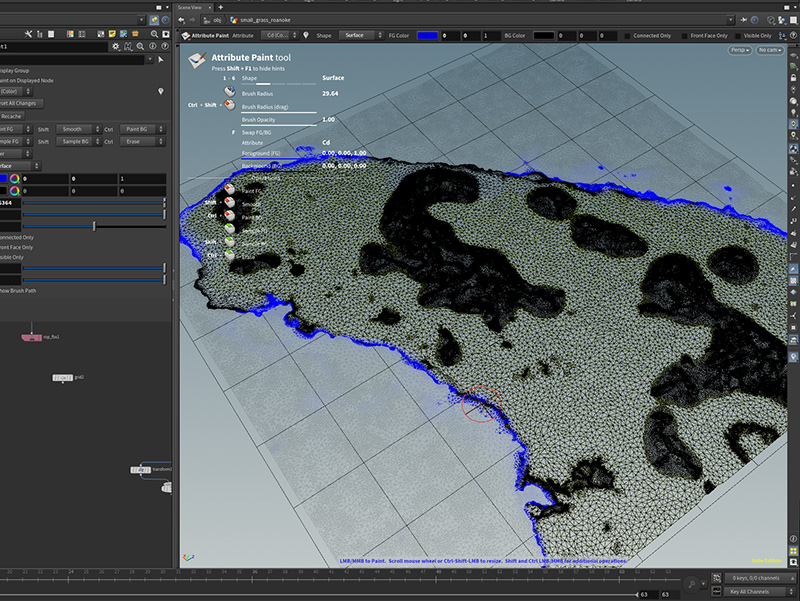DevBlog #05 - Level Design
Most of our level consists of trees, bushes, and nature in general. Today it is no longer possible to know how it once looked or what exactly made up nature in the past. That's why we start from today's maps and where the forests could have been 400 years ago.
[h2]What is the purpose of the shader in the level design process?
[/h2]
Shaders define materials' properties, such as color, texture, transparency, and reflectivity. They also control how light interacts with these materials. Shaders can be customized using Unity's Shader Graph visual interface or by writing code in the ShaderLab language.

Our Terrain shader combines several different types of surfaces, from beaches and different types of grass to mountains. Added to this is the possibility for snow through various pre-prepared masks or masks produced in real-time in the shader. You can see on the right side all the inputs that go into the shader for a terrain, masks, tiled textures, and some floats that control the shader behavior.
If we have everything ready and are satisfied with the terrain, we will proceed to the actual painting of the objects, scattering. We have several types of trees, shrubs, almost 100 different stones, and forest debris.

Everything is manually placed on a 1x1km field. One level took us over two months, and three artists were involved in the level design. We currently have three maps ready, which we are still satisfied with. We want at least six levels prepared for you when the game is released.
[h2]What is the purpose of the shader in the level design process?
[/h2]
Shaders define materials' properties, such as color, texture, transparency, and reflectivity. They also control how light interacts with these materials. Shaders can be customized using Unity's Shader Graph visual interface or by writing code in the ShaderLab language.

Our Terrain shader combines several different types of surfaces, from beaches and different types of grass to mountains. Added to this is the possibility for snow through various pre-prepared masks or masks produced in real-time in the shader. You can see on the right side all the inputs that go into the shader for a terrain, masks, tiled textures, and some floats that control the shader behavior.
If we have everything ready and are satisfied with the terrain, we will proceed to the actual painting of the objects, scattering. We have several types of trees, shrubs, almost 100 different stones, and forest debris.

Everything is manually placed on a 1x1km field. One level took us over two months, and three artists were involved in the level design. We currently have three maps ready, which we are still satisfied with. We want at least six levels prepared for you when the game is released.



